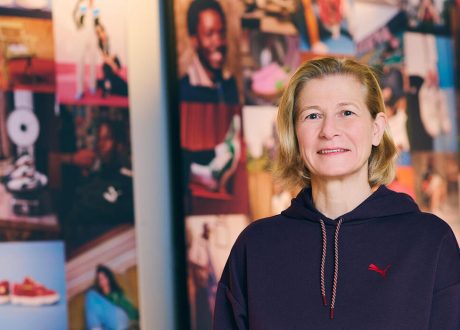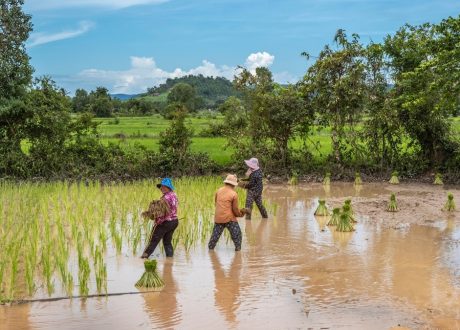Some 320 children and adolescents died every day from AIDS-related causes in 2018, or 13 every hour, according to a global snapshot on children, HIV and AIDS released by UNICEF today.
Low access to antiretroviral treatment, in addition to limited prevention efforts, is a leading cause for these deaths, with only 54 per cent of children aged 0-14 living with HIV in 2018 – or 790,000 children – receiving lifesaving antiretroviral therapy.
“The world is on the cusp of making great gains in the battle against HIV and AIDS, but we must not rest on the laurels of progress made,” said UNICEF Executive Director Henrietta Fore. “Neglecting testing and treatment initiatives for children and adolescents is a matter of life and death, and for them, we must choose life.”
Data show deep regional disparities in access to treatment among children living with HIV. Access is highest in South Asia, at 91 percent, followed by the Middle East and North Africa (73 percent), Eastern and Southern Africa (61 percent), East Asia and the Pacific (61 percent), Latin America and the Caribbean (46 percent) and West and Central Africa (28 percent).
Mothers’ access to antiretroviral therapy to prevent the transmission of the virus to their babies has increased globally, reaching 82 per cent, up from 44 percent less than 10 years ago, according to the report. However, disparities between regions persist, with Eastern and Southern Africa offering the highest rates of coverage (92 percent), followed by Latin America and the Caribbean (79 percent), West and Central Africa (59 percent), South Asia (56 percent), East Asia and the Pacific (55 percent) and the Middle East and North Africa (53 percent).
“While we still have a long way to go, giving more and more pregnant women antiretroviral treatment to prevent mother-to-child transmission has helped avert about 2 million new HIV infections and prevented the deaths of over 1 million children under five years old,” Fore said. “We need to see similar progress in paediatric treatment. Closing this gap between children and their mothers could significantly increase the life expectancy and quality of life of children infected with HIV.”
In 2018, around 160,000 children aged 0-9 were newly infected with HIV, bringing the total number of children in this age group living with HIV to 1.1 million. About 89,000 children under the age of five were infected during pregnancy or birth and 76,000 were infected during breastfeeding in 2018.
About140,000 adolescent girls were newly infected with HIV in 2018, compared to 50,000 adolescent boys.
To end HIV/AIDS as a public health threat for future generations, UNICEF is urging governments and partners to improve HIV testing and treatment data for children and adolescents to better respond to the needs of this vulnerable population.
UNICEF also urged governments to invest in and implement effective and innovative interventions to urgently close the persistent testing and treatment gap for children and adolescents living with HIV.
“The cost of failing to test and treat every child at risk of HIV is one we measure in children’s lives and futures – a cost that no society can afford. HIV initiatives need to be fully funded and equipped to preserve, protect and improve the quality of life for children, in the first and second decades,” said Fore.



اترك تعليقا